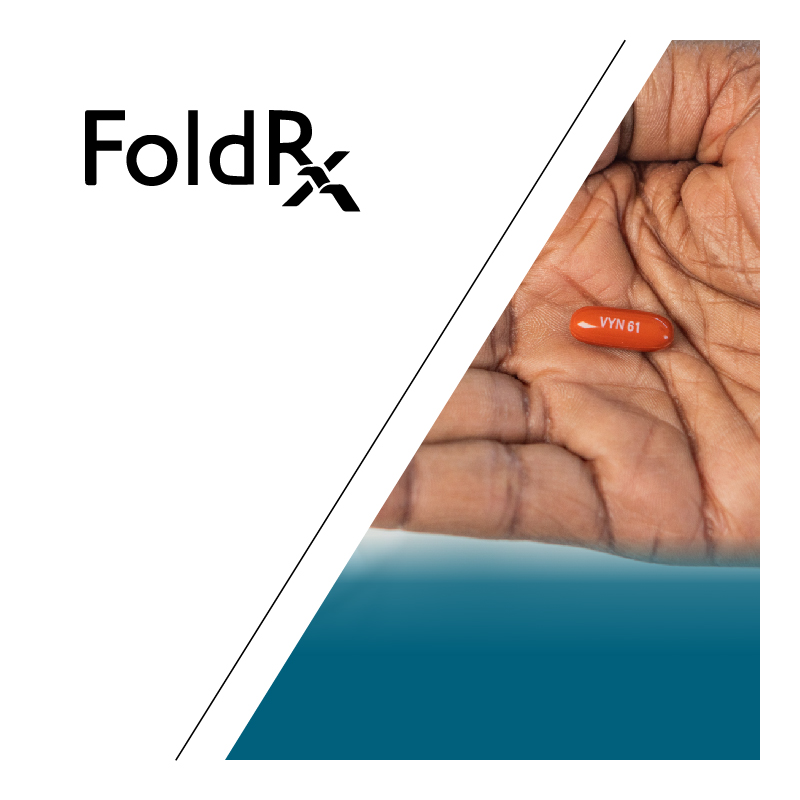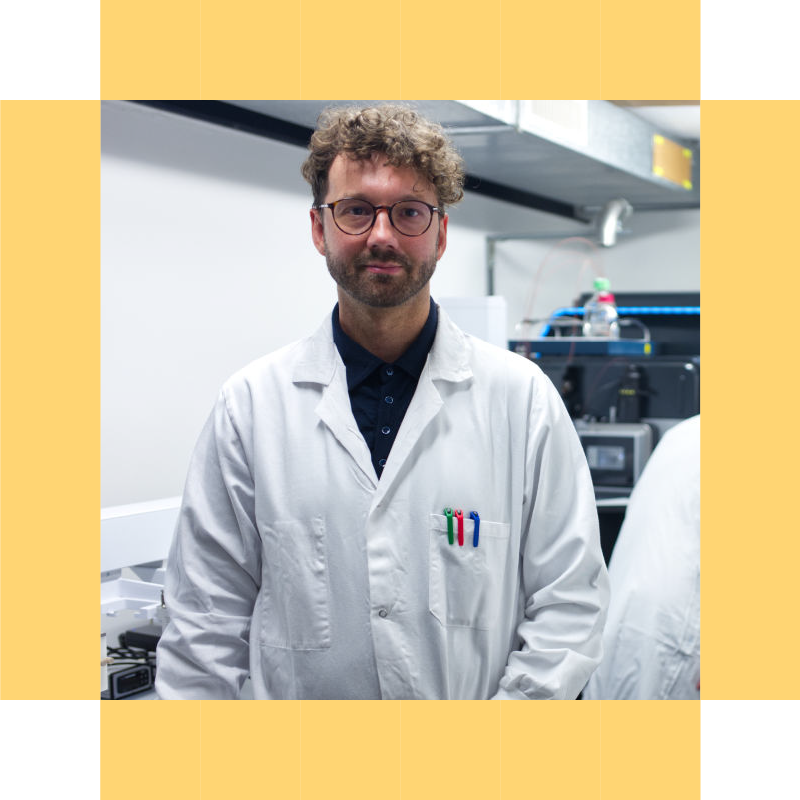Pioneering Progress: The FARAPULSE™ Story

Pioneering Progress: The FARAPULSE™ Story
Atrial Fibrillation (AF) Challenges and Treatments
Currently, atrial fibrillation (AF) is the most common form of irregular heart rhythm (also known as an arrhythmia) – impacting 40 million people globally1. It is projected that by 2030, the United States alone will grow to have 12.1 million people suffering from AF1. In addition to being a lifelong challenge, AF is a progressive disease that can be fatal, as it is linked to a risk of blood clots, stroke, heart failure, and other serious complications2.
If not addressed, initial symptoms may become more frequent and then permanent, yet only a small fraction of the population (about 15% of cases in the U.S.3) are treated for the root cause of the disease. Most patients are on anti-coagulants or other drugs to prevent clots and strokes; however, those medications have potentially dangerous side effects including bleeding, gastrointestinal issues, hematomas, and more.
“Therapy for AF – a condition that is now recognized as a worldwide epidemic – did not even exist 25 years ago, and we are still in the early stages of treating or even preventing AF,” said Robert Weisskoff, PhD, Senior Partner at F-Prime. “There was a clear need to improve upon existing methods and train an entire workforce of medical professionals to conduct a new procedure that offers patients rapid, safe, and durable results before the disease manifests permanently.”
When F-Prime met the Farapulse team, there were two existing interventions to treat AF – burning or freezing, both with considerable drawbacks. The first option, radiofrequency (RF)-based ablation burns small regions to reverse AF. It was the first technology introduced commercially, but it is lengthy process and requires highly skilled medical professionals. The second option, cryotherapy ablation (cryo), freezes those same regions. Cryo can be completed more quickly but lacks the same precision and control. Both techniques pose risks such as permanent damage to nearby tissues, such as the diaphragm or esophagus, and narrowing of the pulmonary veins. While these risks are relatively small, their potential consequences can be devastating.
Harnessing Technology for Targeted Solutions
In search of a better method to address AF, Steven Mickelsen, MD at the University of Iowa leveraged a technology known as pulsed field ablation (PFA), initially meant to treat cancer. PFA utilizes a high-voltage, low-energy source in a minimally invasive manner to selectively ablate targeted cardiac tissue without heating or freezing. PFA can selectively kill specific cells within a very well-defined region and offers a reliable, one-time intervention that reduces the number of repeat procedures that could be required. The team at Farapulse, led by Allan Zingeler, Raju Viswanathan, PhD, and an experienced MedTech R&D group, adapted the technology into a catheter-based approach that leveraged many of the same advantages of RF and cryo. However, PFA offers a quicker and equally effective treatment, while avoiding the potentially negative repercussions. Additionally, it is simpler to learn than other treatment options, facilitating wider adoption.
The effectiveness of PFA was validated in clinical trials (including a large randomized pivotal trial for the FDA in the U.S.), demonstrating it to be as safe and reliable as conventional thermal ablation methods. Real-world data from the MANIFEST-17K registry, presented at the American Heart Association’s (AHA) Scientific Sessions, further underscored its safety profile across more than 17,000 patients. Building on this success, FARAPULSE™, has since revolutionized atrial fibrillation treatment as the world’s clinical leader in PFA, with over 70,000 patients treated to date. Boston Scientific continues to be enthusiastic about expanding FARAPULSE into new markets, including China and Japan, targeting the latter half of 2024.
Transforming Healthcare with FARAPULSE™
F-Prime was among the earliest institutional investors alongside Boston Scientific, to recognize the promise of this transformative approach to treat AF. Boston Scientific identified a significant market opportunity and provided funding for Mickelsen’s original concept, aimed at competing with devices used by cardiac surgeons to treat AF during valve replacement procedures. Throughout the development stages, F-Prime played an integral role, particularly during the transition from an extracardiac to an intravascular approach, ensuring the product’s progression.
Weisskoff attributes the success of the product to a “small but highly experienced team. Our contributions involved helping them navigate fundraising, IP, and personnel dynamics, as well as develop an exit strategy before the U.S.-based pivotal trial.” He also emphasizes that the strategic timing of involving Boston Scientific, which later acquired the company, and the careful structuring of their engagement, were crucial in successfully navigating FARAPULSE through to approval.
Looking beyond AF, PFA technology holds promise for treating other conditions such as type 2 diabetes, where it aims to enhance glycemic control and restore insulin sensitivity. It may also have implications for chronic obstructive pulmonary disease (COPD) – potentially improving respiratory function by widening bronchial tubes. Advancements in PFA-based technologies also have the potential to lead to more selective cancer treatments. Through ongoing support, F-Prime is committed to backing innovative companies like Farapulse that are reshaping the landscape of medicine and are working toward setting a new standard-of-care for diverse medical needs.
- Hearth Rhythm Society
- Johns Hopkins Medicine
- Boston Scientific Crosses the FDA Finish Line with Farapulse, Medical Device and Diagnostic Industry


